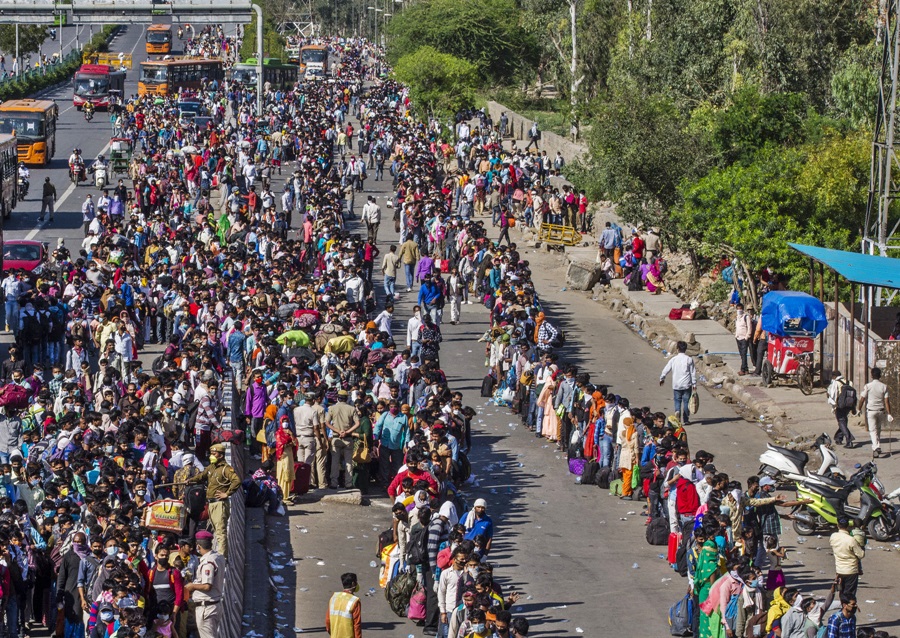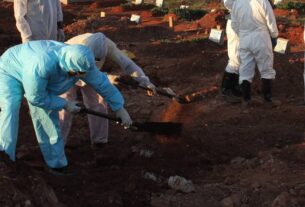Sat 18 April 2020:
Governments around the world are grappling with the question of when to reopen society, seeking a life-and-death balance between unfreezing stalled economies and preventing a second deadly coronavirus wave.
Germany became the latest country to unveil plans to lift some restrictions, taking on the delicate task of reopening without triggering a new wave of infections.
The government declared its outbreak “under control” and said select small shops will be allowed to reopen Monday and some children would return to school within weeks.
Infection rates there “have sunk significantly,” Health Minister Jens Spahn said Friday.
Switzerland, Denmark and Finland were also gradually re-opening shops and schools, and even in hard-hit Italy, people began emerging from lockdown, with Venice residents strolling around quiet canals stripped of their usual throngs of tourists.
But Japan, Britain and Mexico all expanded current restrictions.
And in Russia, recorded infections topped 32,000 as President Vladimir Putin warned that “the risks surrounding the epidemic’s spread are still very high, not just in Moscow but in many other Russian regions”.
In the United States, a more complex picture was emerging.
Trump, whose reelection in November could hinge on how fast US life returns to normal, appeared to endorse protests against stay-at-home orders in several states — although he has officially left it to governors to decide when to lift lockdowns.
In Florida the governor, a close Trump ally, gave a green light to reopening some beaches and parks.
But in New York state, with its namesake city the hardest hit in the world by the coronavirus, Governor Andrew Cuomo extended a shutdown order until May 15, as he accused Trump of not helping in efforts to expand testing.
– Vulnerable economies –
Signs of the economic damage of the pandemic also mounted.
China reported Friday its GDP shrank 6.8 percent in the first quarter, the first contraction since quarterly growth data started in the early 1990s.
Lockdown measures were starting to pinch some of the world’s most vulnerable economies.
Tobacco farmers in Zimbabwe fear a delayed start to the normally busy auction season, the lifeblood for thousands of growers in impoverished rural regions, due to lockdown measures.
“This year our harvest hasn’t been good at all,” farmer Shaw Mutalepo told AFP, as workers in face masks crunched cured leaves into large bales.
In Washington, the Trump administration announced another $19 billion in relief for farmers, who have been hit by a massive shift in food consumption with schools and restaurants shuttered across the country.
“Having to dump milk and plow under vegetables ready to market is not only financially distressing, but it’s heartbreaking as well to those who produce them,” Secretary of Agriculture Sonny Perdue said.
Some $3 billion will be used to buy up surplus dairy products and produce that farmers have been destroying, unable to get it to consumers or food processors.
Meanwhile the IMF and World Bank said that Africa needs another $44 billion to fight the pandemic, even after a freeze in debt payments for many countries and massive support pledges.
The IMF also warned the virus could spark another “lost decade” in Latin America, with debt moratoriums said not to be enough support.
Think your friends would be interested? Share this story!





